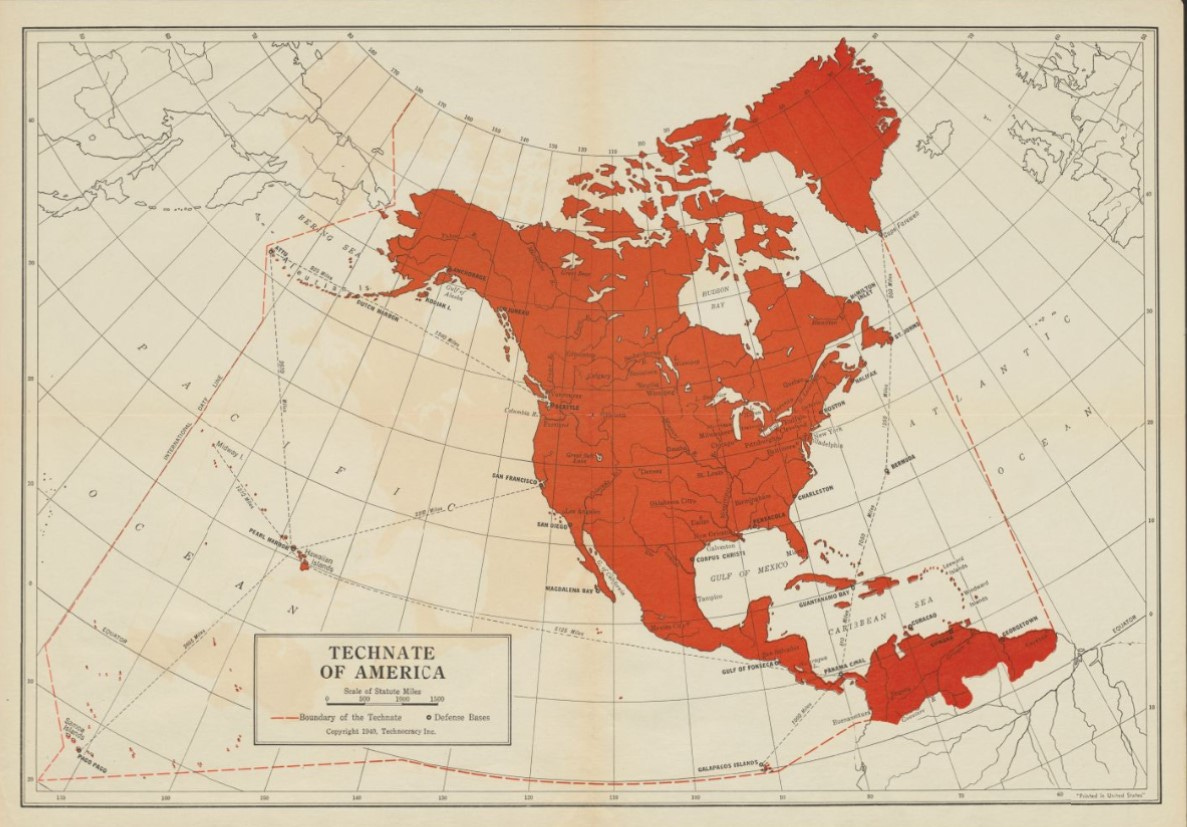Regionalism and World Order: Part 2
Uniting North America? Reinvigorating the Old Idea of Continental Integration
By Carl Teichrib
The notion of a North American union seems distant in light of today’s economic and political realities. However, only a few months ago, the concept of continental integration was reinvigorated by President Trump’s claims that Canada would become the 51st state. Real or perceived, theoretical or pragmatic, a serious threat or simply political theater; the President’s statements nevertheless reignited an idea that has simmered for decades. Moreover, as Part 1 in this series demonstrates, the process of deep regionalism has long been considered vital to a structured world order – and as Part 3 will reveal, it may, at some point, fit into a reformed system of global governance within the United Nations.
In March of this year, Hudson Institute senior fellow, Arthur Herman, suggested a Canadian-American superstate, focusing on amalgamating four core areas: energy, strategic minerals, Artificial Intelligence, and hemispheric defense.1 That same month, economist and senior advisor Nouriel Roubini advocated a new continental union,
The first steps following economic union would be to harmonize regulatory policies, with Mexico and Canada largely adopting the standards in place in the US (by far the largest of the three economies), align industrial policies to reshore and friend-shore production to a larger North American single market, and agree on common trade, technology, and financial policies to de-risk relations with China. This could then be followed in due course by a fixed exchange-rate regime – like the early European exchange-rate mechanism – and a full monetary union (like the eurozone) that allows seamless payments across the area. North America is an optimal currency area – even more so than the eurozone – and a common currency would end the trade tensions that arise from regular destabilizing exchange-rate fluctuations that exacerbate trade imbalances.2
Then in late May, Guillermo Ortiz, past finance minister of Mexico and former Governor of the Bank of Mexico, suggested a “North American customs union, with a common external tariff and unified trade policy.”3
None of this is new.
Indeed, during the past thirty years – well before Trump’s 51st state comments – the complexity of North American integration had been explored by bankers, policy elites, think tanks and members of academia. Here are some examples and highlights:
Keep reading with a 7-day free trial
Subscribe to Convergence: Power and Belief to keep reading this post and get 7 days of free access to the full post archives.



